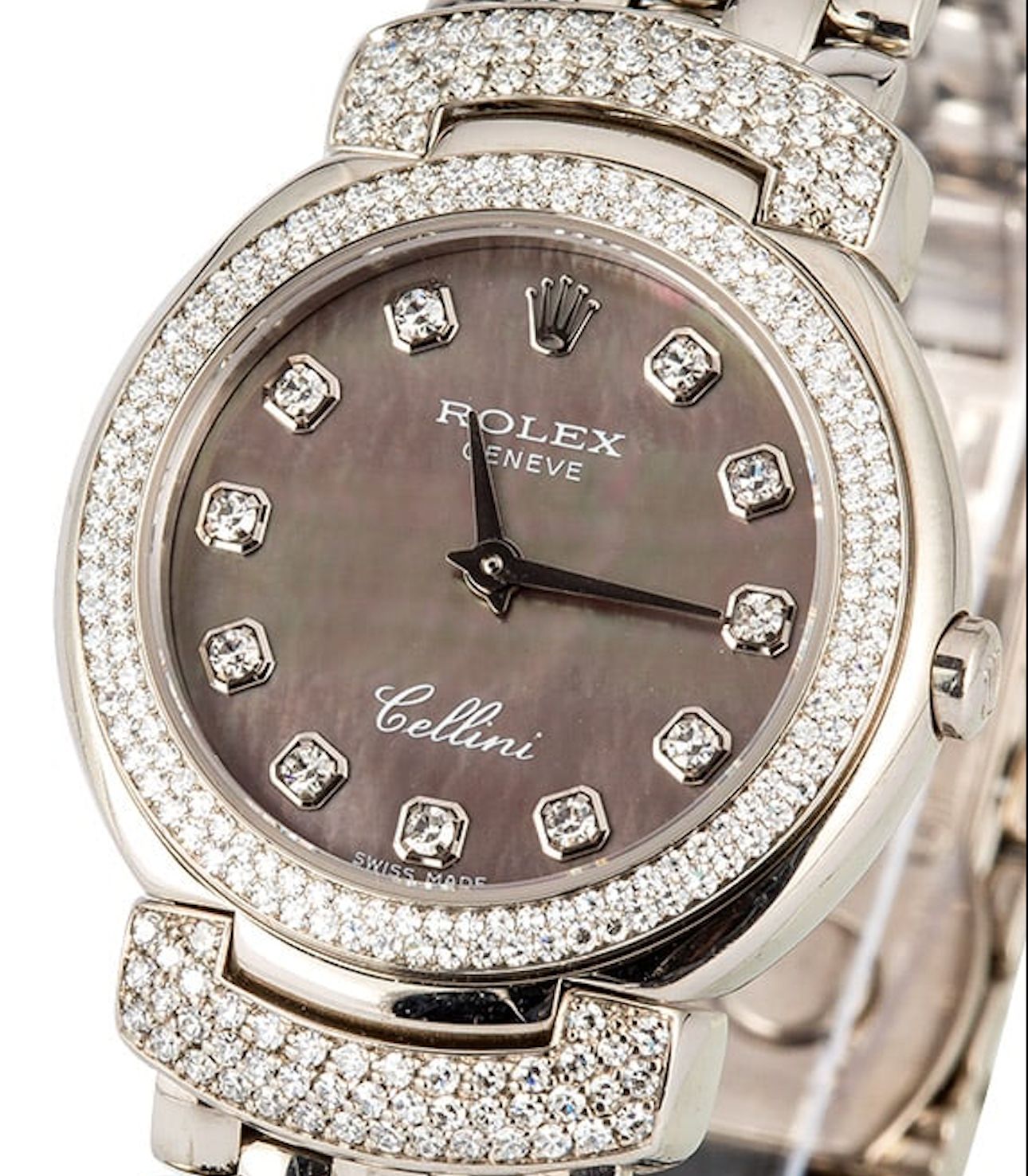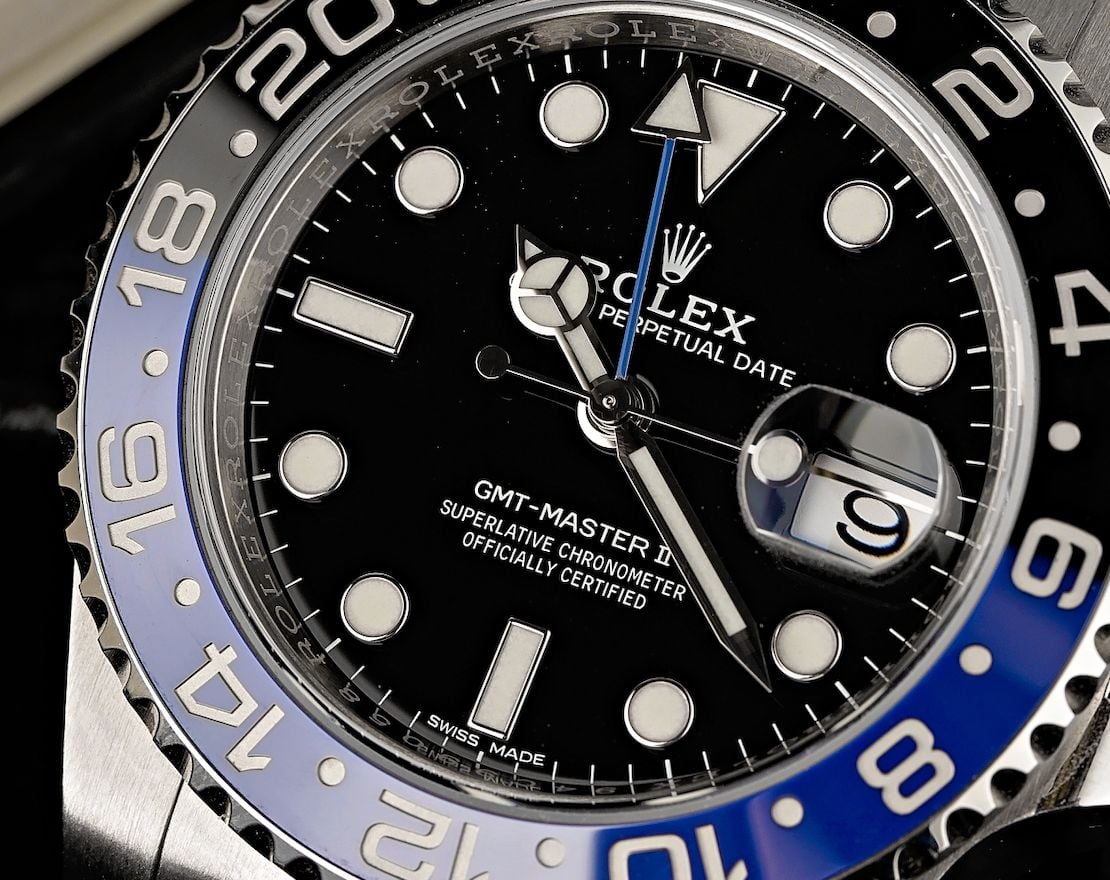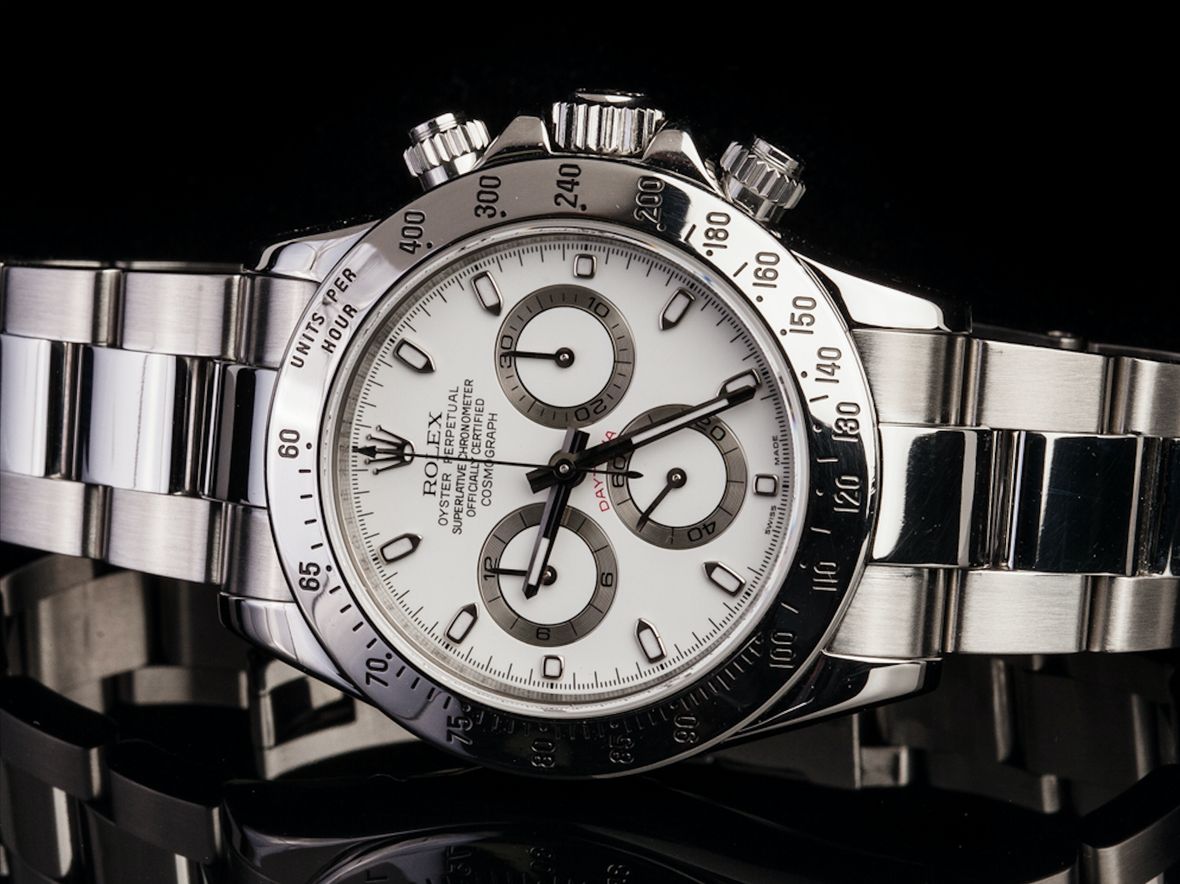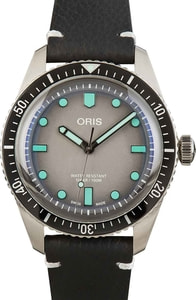If you were to ask a casual Rolex fan to name four models off the top of their heads, the Rolex Submariner, Datejust, President, and Daytona might be candidates; however, I’m almost certain you wouldn’t hear the names Turn-O-Graph, Oysterdate, Masterpiece, or Oysterquartz on the list. These lesser-known Rolex watches may no longer be in production but have intriguing histories, complete with offbeat traits that are overlooked by many. Plus, if you pick up one of these underrated Rolex watches in the secondary market, you’ll be wearing a piece that not many others do.

Rolex Turn-O-Graph
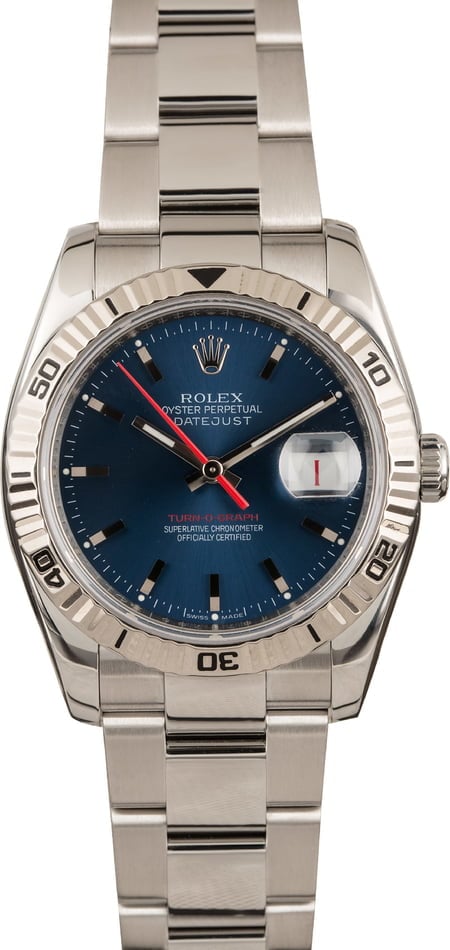
Introduced in 1953 before the Submariner and the GMT-Master, the Turn-O-Graph was Rolex’s first serially produced watch equipped with a rotating bezel to measure and record elapsed time. The following year, Rolex added a date window and a Cyclops lens to the pioneering tool watch and dropped the “Turn-O-Graph” name from the dial. While it was still a Turn-O-Graph because of its rotating bezel, the 36mm model had now become a part of the Datejust collection.
In the late 1950s, the U.S. Air Force’s Thunderbird Demonstration Squadron used the Datejust Turn-O-Graph as its official timepiece, and subsequently, the watch picked up the Rolex Thunderbird nickname. It was only in 2000 that the “Turn-O-Graph” name returned to the dial on a batch of new Datejust Turn-O-Graph references, and the watches came fitted with updated rotating bezels with a fluted finish and alternating stick and numerals to mark every five minutes. The Datejust Turn-O-Graph “Thunderbird” was ultimately discontinued around 2011. If you’re looking for a tool watch-esque Datejust with a practical timing bezel, the Turn-O-Graph is a solid option that is still among the lesser-known Rolex watches.
Rolex Oysterdate Precision
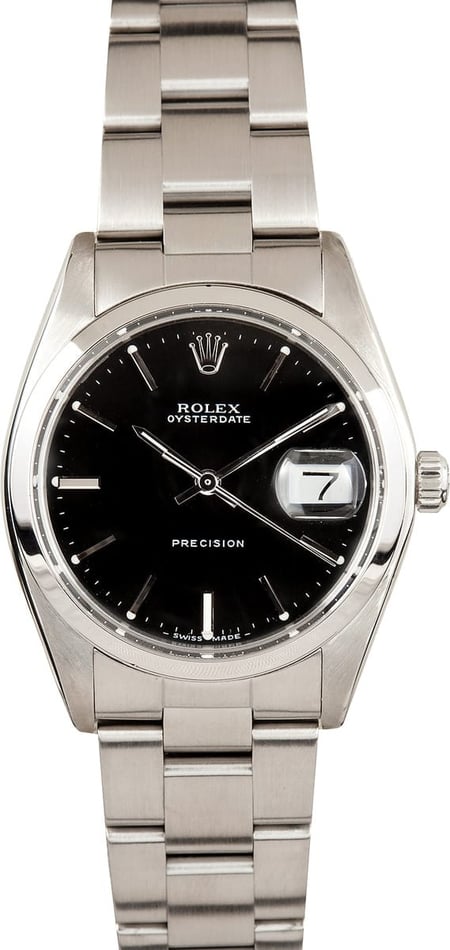
If you haven’t already, please meet the Oysterdate Precision – a lesser-known vintage Rolex watch that runs on a manually-wound movement instead of the “Perpetual” automatic movements that are almost always used in Rolex’s lineup.
Produced from the 1950s until the 1980s, the Oysterdate Precision came in two case sizes: midsize 31mm and men’s 34mm. As its name implies, the Oysterdate Precision is equipped with a date window, albeit not a quickset one. Unlike many of the Rolex watches produced over the same period, Oysterdate Precision watches were never chronometer-certified, which explains why “Precision” is written on the dial instead of the ubiquitous “Superlative Chronometer Officially Certified” text. A vintage Rolex watch that truly feels vintage thanks to its hand-wound movement, simple dial, and restrained size, the underrated Oysterdate Precision offers a lot in terms of affordability (compared to more famous models) and makes a great contender for a starter Rolex watch.
Rolex Day-Date Masterpiece

In the early 2000s, Rolex unveiled a special edition of its signature double calendar watch in the form of the Day-Date Masterpiece. The Masterpiece differed from the traditional Day-Date “President” in two major ways.
First, the case size grew to 39mm from the classic 36mm size. Second, this isn’t strictly a Rolex “President” watch since the Day-Date Masterpiece was fitted with a Pearlmaster bracelet (yes, the same rounded five-link bracelet of the Pearlmaster watch first launched in 1992). Similar to the classic Day-Date, the Masterpiece editions were exclusively craft from precious metals – including a Tridor version flaunting three shades of gold.
Rolex eventually discontinued making the Masterpiece in the mid-2010s. The relatively short production span coupled with hefty price tags makes the Rolex Day-Date Masterpiece quite an uncommon model to find in the secondary market.
Rolex Oysterquartz
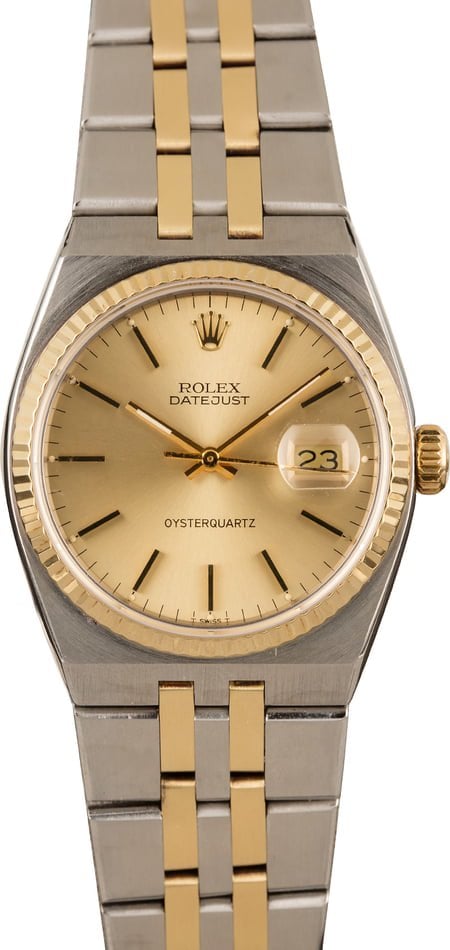
There is an ongoing myth that Rolex never produced quartz watches and that could not be further from the truth. Not only did the Crown make several quartz-powered timepieces, but it even invested five years to develop in-house quartz calibers to fit them into the Oysterquartz collection. Adhering to the quartz craze of the seventies, Rolex introduced the Oysterquartz Day-Date and the Oysterquartz Datejust in 1977. While these two models borrowed design cues from their mechanical counterparts, they did feature distinct angular 36mm cases and integrated bracelets on-trend for the era.
The Oysterquartz Day-Date was available in yellow or white gold while the Oysterquartz Datejust was offered in stainless steel or two-tone steel and yellow gold. It is estimated that Rolex only produced less than 30,000 examples of the Oysterquartz until it was dropped from the catalog in 2002. The next time you hear someone say that a Rolex watch that uses a quartz movement is a fake, let them hear the loud ticking sound of your Oysterquartz.
A Datejust with a rotating bezel, a manual-wind Rolex, a Rolex President sans President bracelet, and a quartz Rolex are all (by today’s Rolex standards) a little quirky, to say the least. But those idiosyncrasies are what make these watches so appealing. So if you’re looking for a Rolex that’s off the beaten path, turn to the secondary market to score any of these lesser-known Rolex watches.


